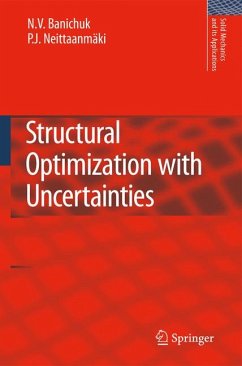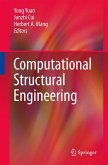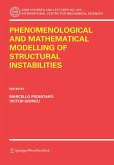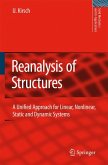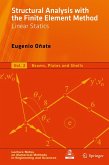This monograph is devoted to the exposition of new ways of formulating problems of structural optimization with incomplete information and techniques of solution. Research results concerning the optimum shape and structural properties of the bodies subjected to external loadings are recapitulated. Problems of optimal design with incomplete information, accounting for the interaction between the structure and its environment, properties of materials, existence of initial damages and damage accumulation are studied. This volume treats overcoming the corresponding mathematical difficulties caused by raising local functionals. Most of the book is devoted to the minimax approach using worst case scenarios,
i.e. the so-called guaranteed approach. However, the probabilistic approach, that does not guarantee the result, is also described in the monograph, because it gives more "optimistic" results. Also, the mixed probabilistic guaranteed approach is discussed and applied for the solution of structural optimization problems with uncertainties.
Dieser Download kann aus rechtlichen Gründen nur mit Rechnungsadresse in A, B, BG, CY, CZ, D, DK, EW, E, FIN, F, GR, HR, H, IRL, I, LT, L, LR, M, NL, PL, P, R, S, SLO, SK ausgeliefert werden.

